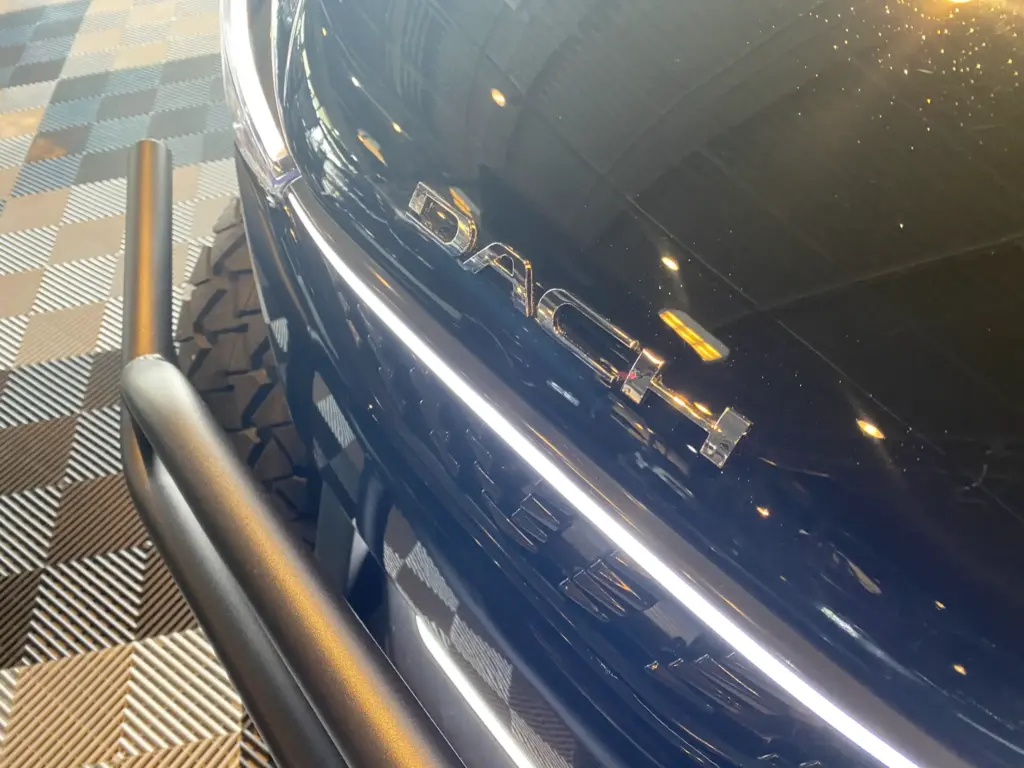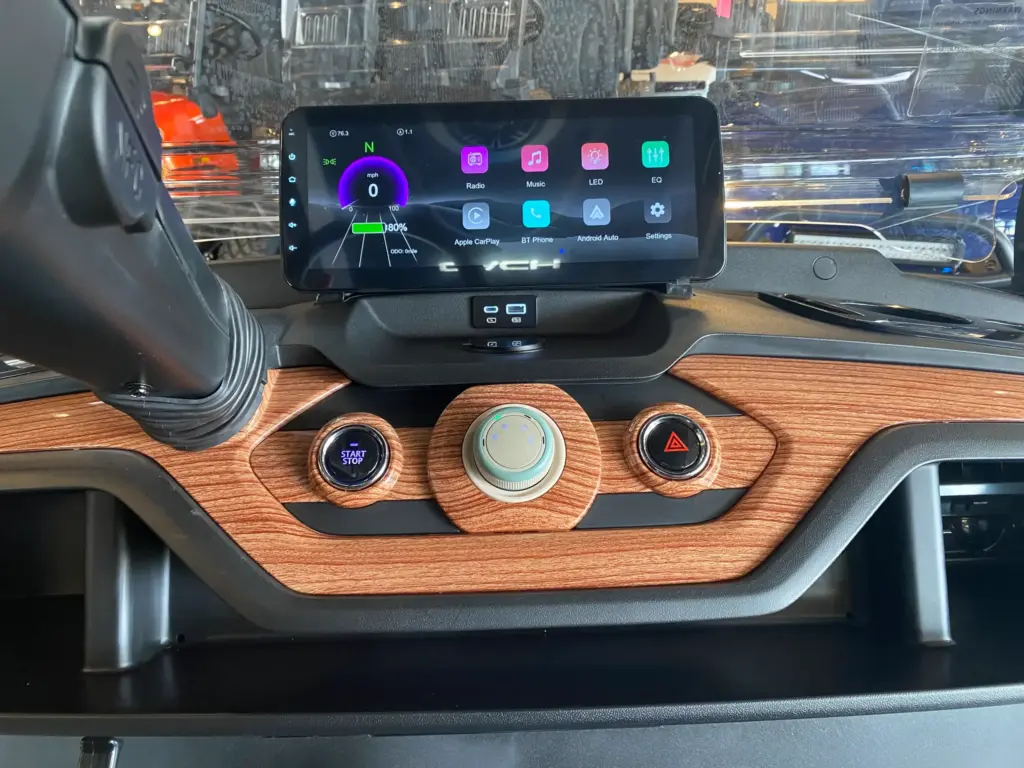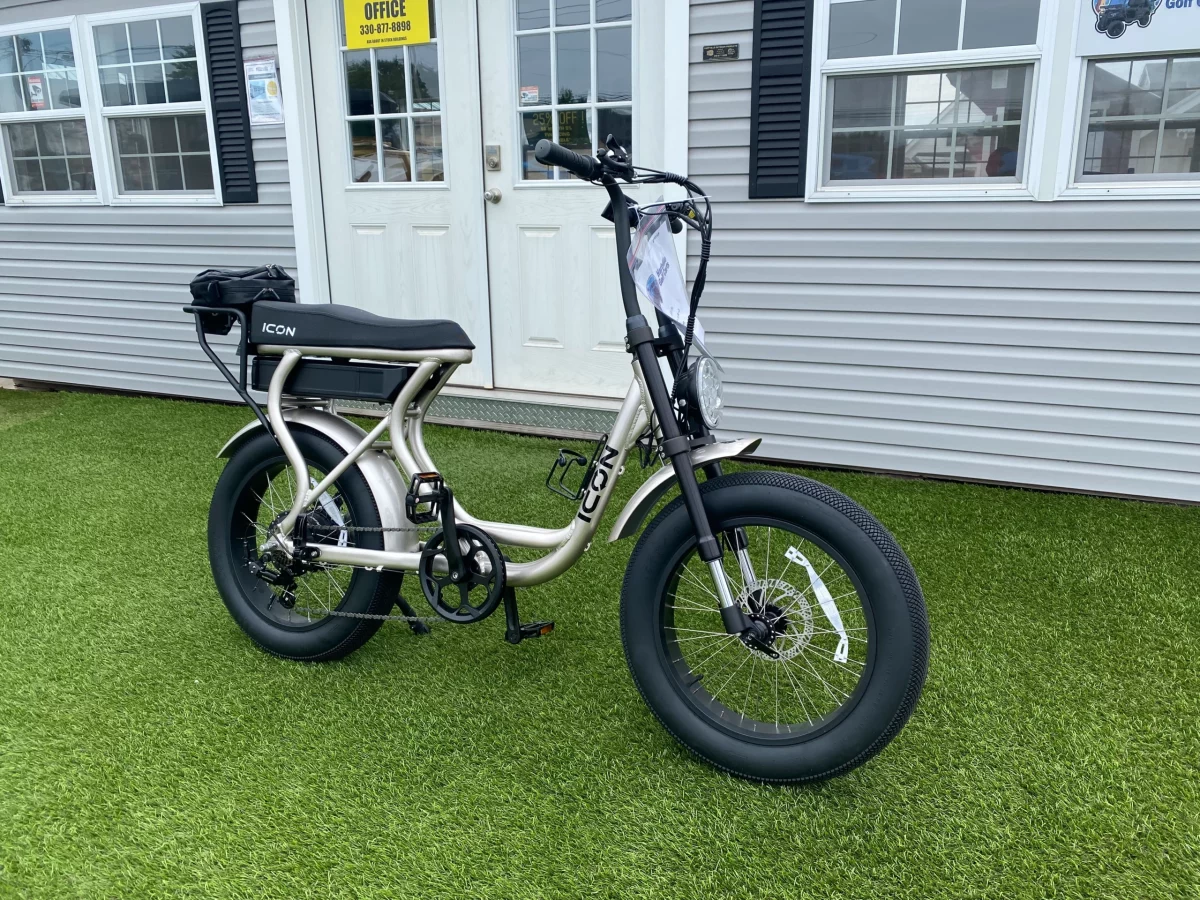The question of when electric cars will take over has moved from niche debate to everyday conversation. Some drivers imagine gas stations closing within ten years, while others insist gasoline will remain dominant for decades. The truth, as always, sits somewhere in between. Electric cars are growing fast, but history shows that transportation transitions never happen overnight. By examining adoption rates, infrastructure, and consumer attitudes, we can form a clearer view of the future.

Defining what “take over” means
First, it’s important to define the phrase. For some people, “take over” means EVs dominating new sales. For others, it means EVs making up most of the vehicles already on the road. Those are very different milestones. New sales could flip within the 2030s, but replacing the existing fleet will take much longer. Since cars often remain in service for 12 to 15 years, gas-powered vehicles will continue to be seen long after EVs dominate dealerships.
Lessons from past transitions
History proves that shifts in transportation take time. Gasoline cars replaced horses, but the process stretched across several decades. Automatic transmissions slowly gained ground, taking nearly a generation to become the norm. Even hybrids like the Toyota Prius, introduced more than 20 years ago, never overtook gasoline cars fully. Each shift required infrastructure changes, cultural acceptance, and lower costs before mainstream adoption. This pattern suggests that when electric cars will take over, it will likely happen gradually rather than suddenly.

The state of EV adoption today
Sales of EVs are rising quickly. In the U.S., they reached nearly 7% of new sales in 2023, up from just 2% a few years earlier. In Europe, numbers are much higher, with Norway leading the way—electric models represent more than 80% of new car sales there. Automakers like Ford, General Motors, and Volkswagen have pledged billions toward EV development. Meanwhile, Tesla continues to lead the market, while startups like Rivian and Lucid add fresh competition. Falling battery prices and growing model variety make EVs more accessible to mainstream buyers.
Forces driving adoption
Several forces push adoption forward. Incentives, such as federal tax credits, state rebates, and even utility discounts, lower the upfront cost of EVs. Consumers save significantly on fuel and maintenance because EVs have fewer moving parts, no oil changes, and longer-lasting brakes. The driving experience itself often convinces skeptics: instant torque, quiet operation, and convenient at-home charging. Finally, charging networks continue to expand, reducing the range anxiety that once made buyers hesitant.

Barriers that slow the timeline
Despite progress, challenges remain. Many rural areas still lack charging infrastructure. Apartment dwellers often face barriers to installing home chargers, relying instead on public stations that may not be nearby. The electric grid also needs investment to handle increased demand. Without smart charging and time-of-use pricing, peak-hour charging could strain supply. Raw material supply chains—lithium, cobalt, and nickel—must expand sustainably to avoid bottlenecks. In addition, many buyers worry about resale values, especially as technology advances rapidly and newer EVs outperform older ones. These issues don’t stop adoption, but they slow it down.
Consumer perspectives and hesitations
Consumer confidence plays a major role in when electric cars will take over. Many drivers still fear running out of power mid-trip, especially in areas without dense charging networks. Cold weather performance adds another concern, since batteries lose range in low temperatures. Others hesitate because they worry about battery replacement costs, even though warranties often cover eight years or 100,000 miles. Finally, affordability matters: while EV prices are falling, they still remain above many budget buyers’ comfort zones. Overcoming these hesitations requires more education, better warranties, and affordable used options.

Expert predictions
So, when electric cars will take over? Analysts offer different answers. BloombergNEF projects EVs could reach 50% of global new car sales by the mid-2030s. The International Energy Agency forecasts similar numbers. However, replacing most of the global fleet could stretch into the 2040s or even 2050s. These forecasts highlight a simple truth: sales will shift first, fleets later.
Regional differences
Adoption varies widely across regions. In Europe, incentives and strong infrastructure fuel rapid growth. China is another leader, with millions of EVs already on the road and local manufacturers dominating the global battery market. The U.S. shows mixed progress—states like California push aggressive EV policies, while others move more slowly. Developing nations face bigger hurdles: high purchase costs and weaker charging networks. Consequently, when electric cars will take over depends heavily on location.

The role of innovation
Technology continues to push the timeline forward. Solid-state batteries promise longer ranges and faster charging times. Wireless charging could make topping up as simple as parking in a designated spot. Vehicle-to-home technology turns EVs into backup power sources, adding new value. Software updates also improve performance without a trip to the dealership. Each of these breakthroughs chips away at consumer concerns and makes adoption more attractive.
The importance of the used market
Most buyers purchase used cars, not new ones. As today’s EVs enter the pre-owned market, prices will fall and adoption will accelerate. Transferable battery warranties and simple diagnostics showing battery health will boost confidence. The arrival of affordable used EVs could be the tipping point that pulls adoption forward by several years.

Industry-wide ripple effects
The transition affects more than drivers. Oil demand will decline, affecting global energy markets. Utilities will invest in grid upgrades and renewable power integration. Repair shops will focus more on tires, brakes, and electronics than on engines. Fueling stations will evolve into mixed-use stops that offer fast charging alongside food and rest areas. The question of when electric cars will take over also matters for jobs, training programs, and entire industries built around cars as they exist today.
Small-scale previews already visible
We already see a smaller version of the shift in communities where electric golf carts thrive. Quiet, affordable, and practical for short trips, they show how fast people adopt new habits once the benefits feel obvious. At Hartville Golf Carts, we see families and neighborhoods embracing electric carts for errands, leisure, and community life. These local examples hint at how quickly adoption can grow when the conditions align.
A balanced forecast
Taking it all together, the future looks clear. EVs will likely dominate new sales in the 2030s across many markets. Yet full fleet turnover will take longer, likely stretching into the 2040s or later. Adoption will move faster in urban centers and slower in rural regions, but the global trend points only one way: toward electric. The exact year is uncertain, but the direction is unmistakable.

Conclusion — Hartville Golf Carts’ perspective
So, when electric cars will take over? Expect EVs to dominate new sales in the 2030s, while gasoline models linger for another decade or two. The transition will feel uneven, but the destination is clear. At Hartville Golf Carts, we already see how electric power makes daily life easier through golf carts that save money, reduce emissions, and add convenience. Those benefits preview the larger shift coming to cars everywhere. For more on the global timeline, see the International Energy Agency’s Global EV Outlook.








